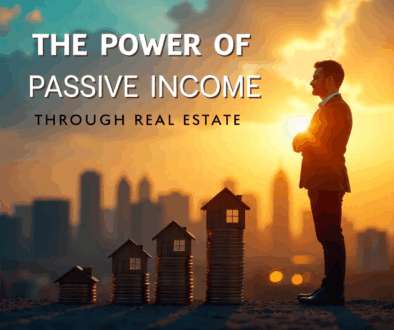How to Choose the Right Location for Maximum ROI in Real Estate
Introduction
In real estate, one timeless rule stands above all—location, location, location. While design, amenities, and price matter, the location of a property determines its long-term value and potential for returns. Whether you are an investor, developer, or first-time homebuyer, choosing the right location can be the difference between average growth and maximum ROI (Return on Investment). At Realtor Oxygen, we help real estate professionals and investors understand how location influences value and how to make smart, profitable choices.
1. Understand the Demand-Supply Equation
Before investing, analyze the local demand and supply trends. Properties in high-demand areas with limited supply naturally appreciate faster. Look for neighborhoods with rising demand due to employment hubs, new infrastructure, or lifestyle amenities.
2. Proximity to Employment Hubs
Properties near major business districts, IT parks, or industrial zones tend to offer consistent rental income and faster appreciation. Working professionals prefer living close to their workplaces, reducing commute times and improving work-life balance.
3. Connectivity and Infrastructure Development
Access to roads, highways, airports, metro lines, and public transport is a major factor in property valuation. Upcoming infrastructure projects, such as flyovers or metro extensions, can transform an area into a high-demand zone within just a few years.
4. Social Infrastructure: Schools, Hospitals & Shopping
Families prioritize convenience. Areas with reputed schools, hospitals, malls, and entertainment hubs create strong demand, making properties more attractive for both end-users and tenants. A well-developed social ecosystem enhances livability and ROI.
5. Safety and Neighborhood Quality
A safe and clean neighborhood drives consistent demand. Gated communities, low crime rates, and well-maintained surroundings assure investors of long-term stability. Safety also attracts higher-quality tenants and buyers.
6. Emerging Locations vs. Established Markets
Investors often face a dilemma: Should they buy in a well-established prime area or an emerging location? Established markets are stable but expensive, while emerging areas offer higher appreciation potential. The right choice depends on investment goals—steady rental income or capital appreciation.
7. Government Policies and Future Growth Potential
Policies like smart city initiatives, industrial corridors, and special economic zones significantly influence property values. Keeping track of government plans helps investors identify growth corridors early for maximum ROI.
Conclusion
Choosing the right location is both an art and a science. By balancing present demand with future growth potential, investors can secure properties that appreciate steadily and deliver excellent ROI. At Realtor Oxygen, we guide real estate professionals and investors with proven strategies, helping them master location analysis and make informed decisions. Remember, in real estate, you’re not just buying a property—you’re investing in the future of its location.


